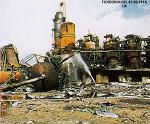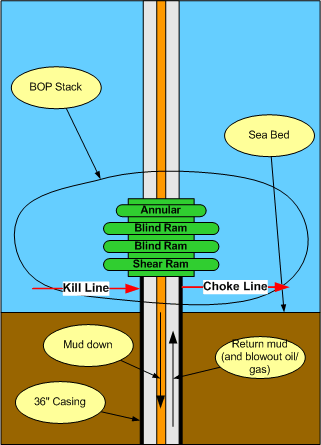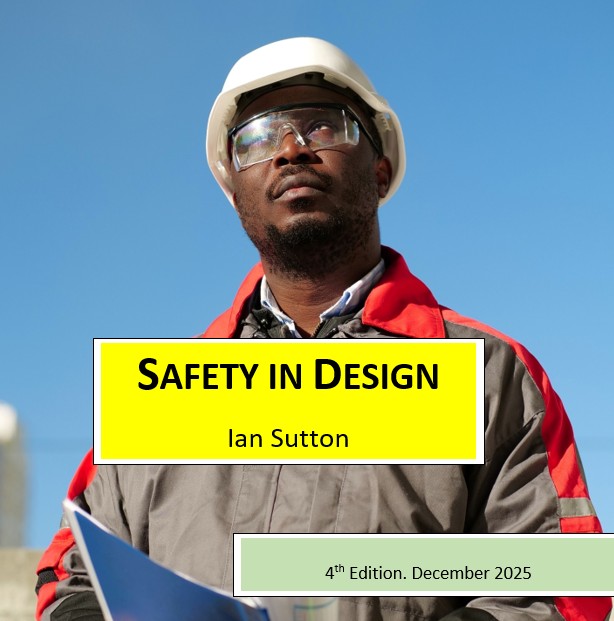Primer: International Process Safety Regulations
This primer provides a concise and structured overview of how major accident hazards are regulated around the world. It explains the foundations of process safety regulation, compares national and regional systems, and highlights global trends that are reshaping expectations in the process and energy industries.








